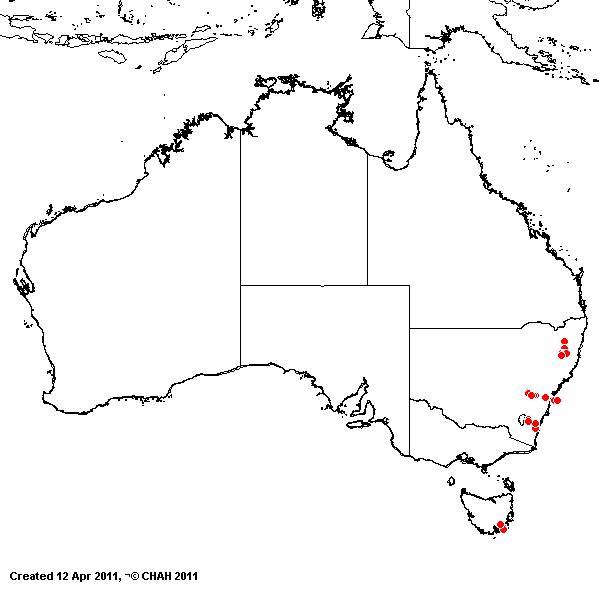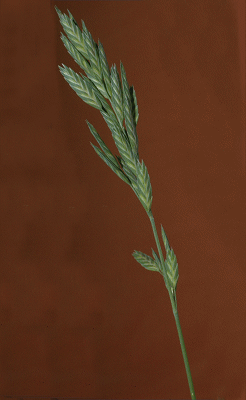Bromus brevis* Steud. Symb. Bot. 2:
22 (1791). Classification. (GPWG 2001) : Subfamily Pooideae.
Tribe Bromeae.
Type of Basionym or
Protologue Information: HT: Gillies s.n., Argentina: Mendoza (?; IT:
K(fragm., US)).
Key references
(books and floras): [2002] D.Sharp & B.K.Simon, AusGrass, Grasses of
Australia, [2008] S.W.L.Jacobs, R.D.B.Walley & D.J.B.Wheeler, Grasses
of New South Wales (174), [2009] A.Wilson (ed.). Flora of Australia,
Vol 44A. Poaceae 2 (89).
Illustrations:
[2008] S.W.L.Jacobs, R.D.B.Whalley & D.J.B.Wheeler, Grasses of New South
Wales, 4th edn (174).
Habit.
Perennial. Culms 15–75 cm tall. Lateral branches simple. Leaf-sheaths hairy.
Ligule an eciliate membrane, 2–3 mm long. Leaf-blades flat or conduplicate,
5–26 cm long, 1–5 mm wide. Leaf-blade surface glabrous or indumented.
Inflorescence.
Inflorescence compound, a panicle. Panicle lanceolate or elliptic or oblong,
2–25 cm long.
Spikelets.
Spikelets pedicelled. Fertile spikelets many flowered, with at least 2 fertile
florets (6–12), comprising 6–12 fertile floret(s), with diminished florets at
the apex, lanceolate or elliptic or oblong or ovate, laterally compressed,
(9–)11–24 mm long.
Glumes. Lower
glume lanceolate, membranous, keeled, 1-keeled, 3–5(–7) -nerved. Upper glume
lanceolate, 6.6–9 mm long, membranous, keeled, 1-keeled, 5–9 -nerved.
Florets.
Fertile lemma 8–14 mm long, keeled, 5–9 -nerved. Lemma surface glabrous or
indumented. Lemma apex muticous or mucronate or awned, 1 -awned. Median
(principal) awn subapical, 0.3–2 mm long overall. Lodicules present. Anthers 3.
Continental
Distribution: Australasia and South America.
Australian
Distribution: New South Wales, Tasmania.
New South Wales:
Northern Tablelands, Central Tablelands, Southern Tablelands, North-Western
Slopes, Central-Western Slopes. Tasmania: East Coast.
Notes.
Introduced. N.S.W. and from two sites in southern Tas. Native of S. America.
Flowers Aug.-Jan.



